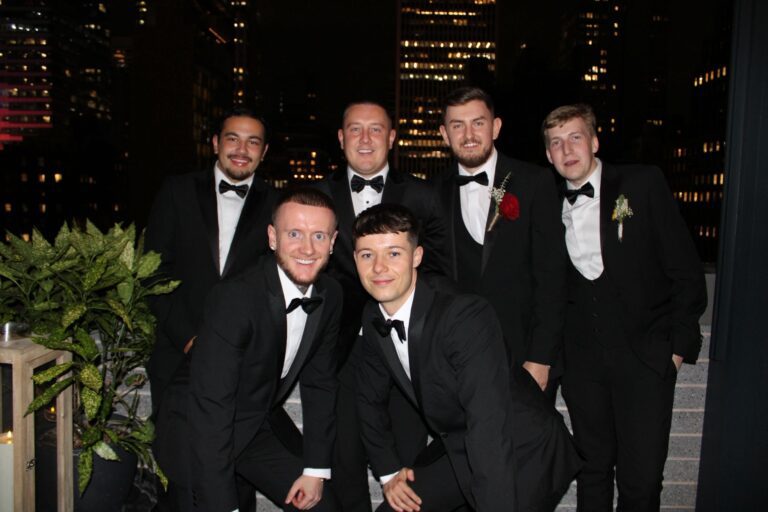The tradition of the best man’s speech has its roots in ancient wedding customs, particularly from Western Europe. While the role of the best man today is largely a supportive, celebratory one, its origins are much more practical and even dramatic in some cases. Here’s a brief history of where the best man’s speech (and role) comes from:
1. Ancient Germanic Tribes
One of the earliest origins of the best man’s role can be traced back to ancient Germanic tribes. In those times, marriages were often more like abductions than romantic unions, where the groom would “capture” his bride from a neighbouring village or tribe. The best man was chosen as the groom’s strongest and most reliable ally, helping to carry out the bride’s capture and defend the couple against any attempts by her family or community to reclaim her.
The term “best man” came from his role as the most capable person for this important task. He was, quite literally, the “best” man for ensuring the marriage took place. His duties were not just ceremonial but practical, as he played a key role in protecting the groom and ensuring the success of the marriage.
2. Medieval and Anglo-Saxon Traditions
By the medieval period, the role of the best man had evolved into a more ceremonial position, particularly in Anglo-Saxon cultures. While he was still tasked with protecting the couple, this duty became largely symbolic, ensuring that the wedding proceeded without any disruptions. The best man’s presence was seen as crucial to the smooth running of the event and the success of the marriage.
As the role developed, the best man’s responsibilities expanded to include offering words of support and advice to the newlyweds. This added a more personal and emotional aspect to his duties, laying the groundwork for what would eventually become the modern best man’s speech. Over time, this tradition of delivering a speech became an essential part of the wedding celebration.
3. Victorian Era
The Victorian era played a significant role in shaping the best man’s speech into its modern form. As weddings became more structured and formalised, with a strong emphasis on proper social etiquette, the best man was expected to deliver a toast in honour of the bride and groom. This marked a shift from earlier, more practical roles, as the speech became a key moment during the wedding reception.
Typically, the best man’s speech in this period included stories about the groom, often highlighting their friendship or past experiences together. Compliments for the bride were also customary, as well as offering sincere well-wishes for the couple’s future. This blend of humour, personal anecdotes, and heartfelt sentiments laid the foundation for the best man’s speech we recognise today.
4. Modern Best Man’s Speech
Today, the best man’s speech has become a highlight of modern weddings, especially in Western cultures. It blends humour, personal stories, and heartfelt congratulations, making it both entertaining and meaningful. This speech offers the best man an opportunity to celebrate his bond with the groom through shared anecdotes while also acknowledging the bride and the couple’s relationship. Striking the right balance between light-hearted jokes and sincere emotions is key to keeping the audience engaged.
Beyond humour, the best man’s speech also celebrates the union of the couple, recognizing their love and commitment. It allows the best man to offer well-wishes for their future while providing guests with an intimate look into the couple’s journey. Ultimately, the speech serves to both entertain and honour the couple on one of the most important days of their lives.
The best man’s speech has come a long way from its ancient origins, shifting from a practical role of protection to a celebratory and supportive role that emphasises friendship and love. It’s now one of the most anticipated moments in a wedding, combining tradition with personal flair.
Looking to write your own best man’s speech? Check out our article offering top tips and advice.

